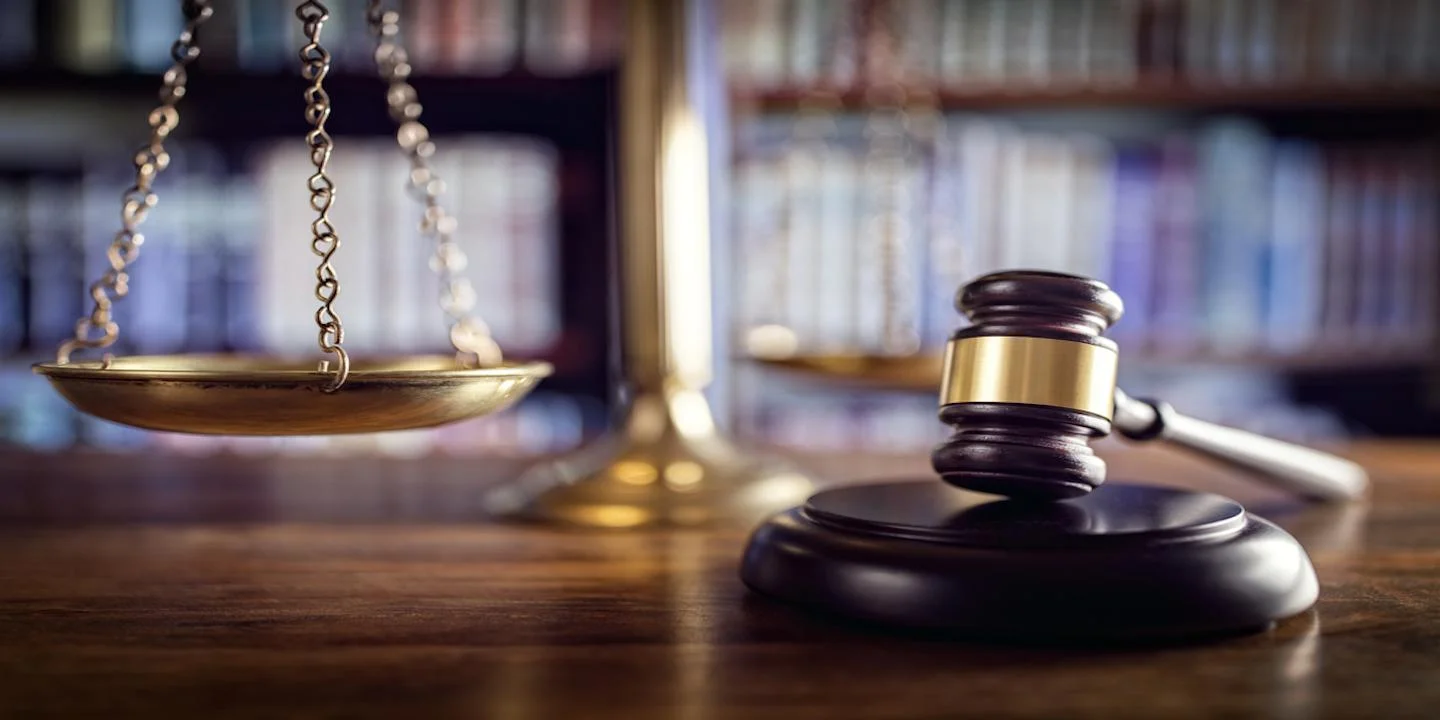OAKLAND -- A new report from the American Civil Liberties Union (ACLU) finds that in California, police intervention in school disciplinary matters is ineffective and unfairly targets minority students and disabled students.
The study, called “The Right to Remain a Student: How CA School Policies Fail to Protect and Serve,” examined the policies of 109 school districts in California and found that criminalizing student behavior results in higher dropout rates among the arrested students and is an ineffective deterrent.

Many schools have programs whereby students can earn college credit in high school. A new initiative in the State of Texas will target in-demand careers for the future.
| U.S. Dept. of Education
A study conducted between 2004 and 2015 in the San Bernardino Unified School District found that police arrested more than 30,000 students. Most of the infractions were minor, such as failure to abide by curfews and graffiti.
Statistics from the U.S. Department of Education's office for civil rights show that between 2013 and 2014, in California schools where more than 80 percent of the student population is from a low-income home, the arrest rate is seven times higher than in schools where only 20 percent of the students are considered low income.
A case involving a police officer and the Stockton Unified School District was recently settled. In 2011, a school police officer zip-tied a disabled student’s hands and feet and took him to Stockton Kaiser Psychiatric Hospital when the student was unable to calm down. The student, five-year-old Michael Davis, who has ADHD, was transported before his parents had been notified. Davis was charged with battery against a police officer, although the charges were dropped. The parents sued the school district and won.
The report notes that black students are three times more likely than white students to be arrested at school. Police intervention did nothing to reduce the school-to-prison pipeline.
One school district decided to take steps to reduce calls to police. The Pasadena School District developed new rules in 2013 prohibiting staffers from calling the police in matters of school discipline. The district has seen school-based citations and arrests decrease significantly.
ACLU attorney Linnea Nelson traces the proliferation of police in schools back to the school shootings in the 1990s, specifically starting with the shooting in Columbine.
“The consensus is that it came out of some high profile incidents in the '90s, where there were school shootings," Nelson told the Northern California Record. "Columbine is one of those. In 1994, President Clinton signed into law the Gun-Free Schools Act, which mandated certain consequences. It was a zero tolerance policy in federal law for students who brought guns to school.”
The zero tolerance trend resulted in police in schools, which Nelson sees as a negative.
“They will have this very forceful response to children," Nelson said.
In general, Nelson finds the presence of police in schools disturbing.
“It’s been a very sad trend, for sure. Every student deserves an educational environment where they can thrive rather than childish misbehavior treated like a crime," Nelson said. "It has tragic consequences when it criminalizes students and it disproportionately affects low-income students and students of color in particular.”
In some school districts, money is being diverted from educating students.
“Some districts are spending millions of dollars a year from budgets to put armed police in the schools. There are about 19 or 20 school districts in California that do that," Nelson said. “Studies find that the vast majority of incidents where police are called to schools are for childish misbehavior, or very subjective offenses, like disorderly conduct. We would like to see police called in only when there is an immediate and physical threat.”
